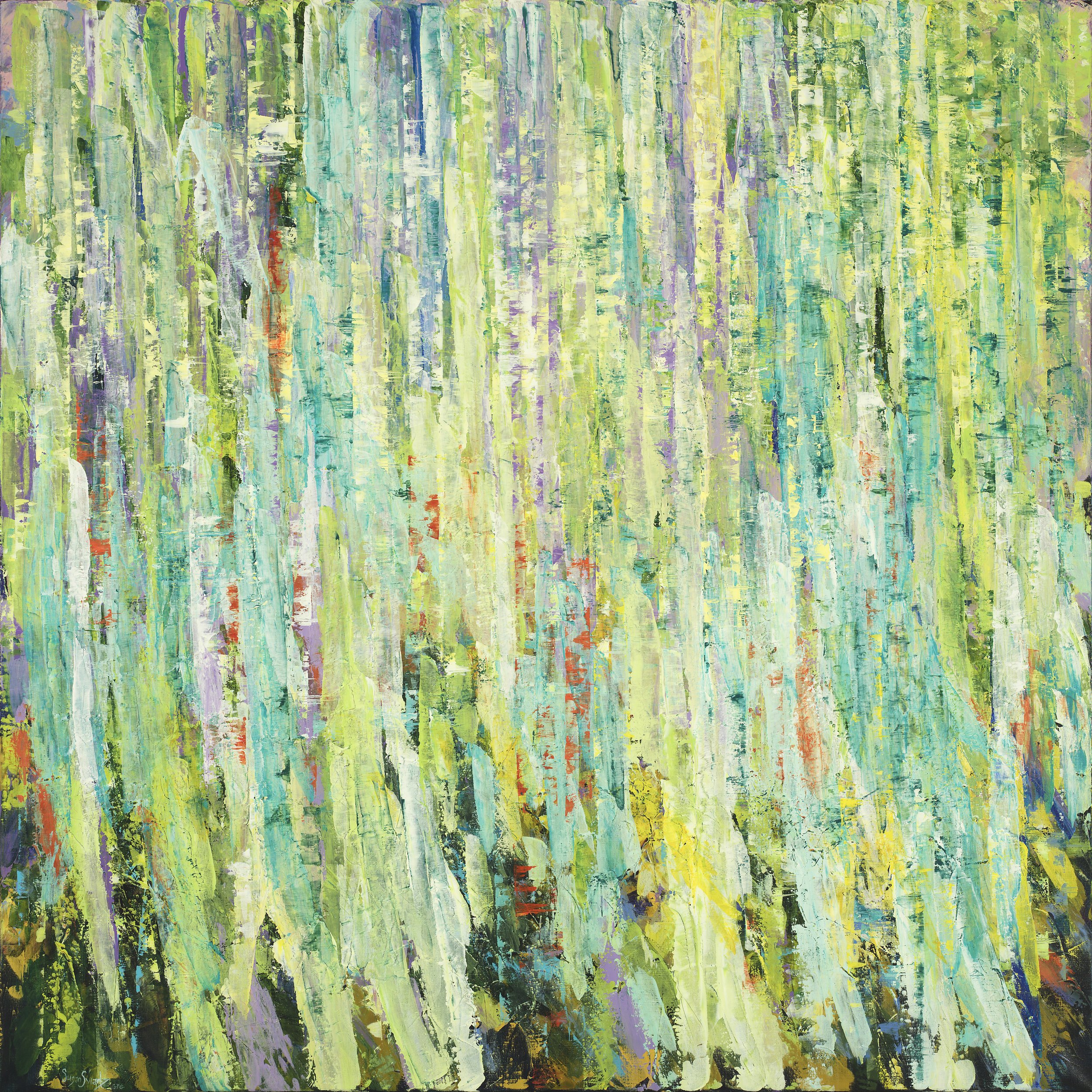Park Record: Kimball Revisits “Painters of the Wasatch”
by Scott Iwasaki
September 6, 2013
In 2005, former University of Utah Dean of Fine Arts Robert S. Olpin, Museum of Utah Art board member Ann W. Orton, and Museum of Utah Art Executive Director Thomas F. Rugh published a book called Painters of the Wasatch Mountains.
The book documented the works painted by a group that is now known as the Wasatch School which consisted of a handful of artists from the Rocky Mountain School, said Anne Brahic, exhibitions director at the Kimball Art Center.
"The Rocky Mountain School emerged from the Hudson River School in the late 19th and early 20th century," Brahic explained to The Park Record. "The Hudson River School painted in a very romantic style where they painted realistically."
The members of the Wasatch School focused on the art of the Wasatch.
In 2006, the Museum of Utah Art presented a comprehensive exhibit of the works found in the book.
The original purpose of the book was to document these works of art because strange things began happening to them, Brahic said.
"Some of these paintings belonged to the state; some to Brigham Young University, the Springville Museum of Art, the original artists and private owners," she said. "Some werehanging in public schools in different communities in Utah, and, unfortunately, there was no real sense of their value.
"So, in some cases, the coaches at these schools who needed team jerseys would pull one of these paintings which had a value of thousands of dollars, and sell it for $100 to raise money for the school," Brahic said. "It took a few years, but someone finally realized how valuable the paintings were and collected them."
On Saturday, Sept. 7, the Kimball Art Center will pay tribute to the original exhibit and open its own "Painters of the Wasatch" display that will include many of the original works from the 2006 showing, Brahic said.
"We at the Kimball got together with the Utah Museum of Art and History and met with them earlier this year to organize a remounting of the exhibit that was done with the works that were in the book," Brahic said. "We went through the book with Ann Orton and scoped through the pieces that we could get on loan by other galleries and private owners in the area."
Unlike the Rocky Mountain School or Hudson River School — where artists painted in a uniform, realistic style — the Painters of the Wasatch works are painted in many different styles.
"That's why we'll have abstracts, impressionists and realistic paintings in the exhibit," Brahic said. "There will be about 35 pieces on display and it will run for eight weeks."
Two of the works that will be shown are by Park City-based artist Susan Swartz.
Swartz's works have been exhibited in the National Museum of Women in the Arts in Washington, D.C. in 2011, and she was honored by Zion's Bank for her artistic contribution to Utah in 2012.
She is also one of the artists who were featured in the original book.
The artist said, via an email interview, that she was "honored to be a part of the Kimball ArtCenter exhibit.
"It is wonderful for me to have my work hung with Maynard Dixon, Leconte Stewart, John Hafen, Doug Snow, Waldo Midgley, J. Leo Fairbanks... and all these amazing artists who are inspired as I am by the Utah landscape," Swartz said. "I was delighted when the Kimball invited me to participate in this 'reunion' —especially when they suggested including a recent work. We artists are always most excited about what is currently challenging us."
The two works, requested by Brahic, will be "Soldier Hollow," a commission for the 2002 Winter Olympics, and "Purple Majesty II."
"[Anne] felt 'Purple Majesty II' dramatically represented the artistic journey I have been on since 2002—from realism to abstraction of nature," Swartz said.
Although Swartz's works are more abstract, she still holds a reverence for nature.
"Nature is where we connect with God, with the 'Great Mystery,' as the Native Americansreferred to him," Swartz said. "The Wasatch Mountains have captured us all who live here.
"Maybe we moved here for a job, but we stay here because of our direct connection to nature—harsh and cold sometimes but magnificent and glorious always," she said. "It is integral to the life we lead. Although at the moment I do not paint a particular place or particular view—my work is now more abstract, or deconstructed if you will—my inspiration comes from my time spent outside. The Kimball understands that for many artists who work in Utah, nature must be where we begin."
Swartz, who is a survivor of two environmentally caused illnesses — mercury poisoning and Lyme disease — said the importance of exposing new audiences and reintroducing older audiences to these paintings is to remind them of the simple and complex beauty of the natural world and to preserve it.
"My battle to wellness changed me as a painter and as a citizen," she said. "I paint with bolder brighter colors [and] I actively support clean water and air initiatives, organic and local food production. We must respect a balance with our environment [and] move from exploitation to intelligent stewardship.
"Every painter of nature wants to interpret and share the colors, the shapes, the patterns, thelight, the feelings they discover over time onto a canvas," Swartz said. "Maybe we will inspire someone to look up from their screen and take a walk, climb a mountain, visit a national park, examine a leaf [or] rediscover these precious gifts we are so blessed to be part of and then get involved in preserving them for our grandchildren's children."
The Kimball Art Center, 638 Park Ave., will open the "Painters of the Wasatch" exhibit on Saturday, Sept. 7. The exhibit is comprised of historic and modern works from artists of all styles that depict the Wasatch.

